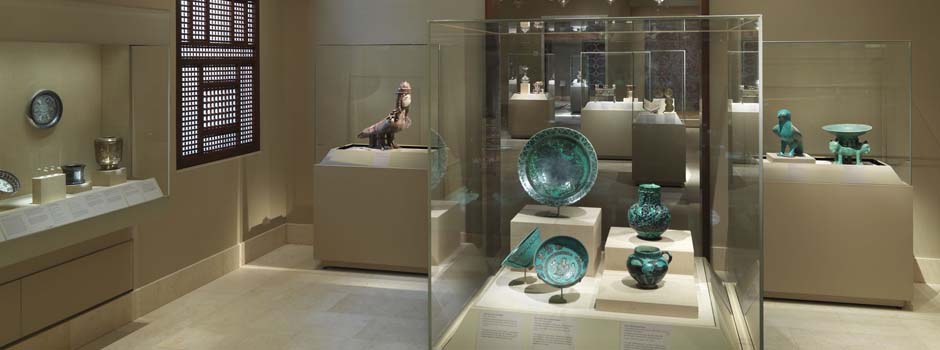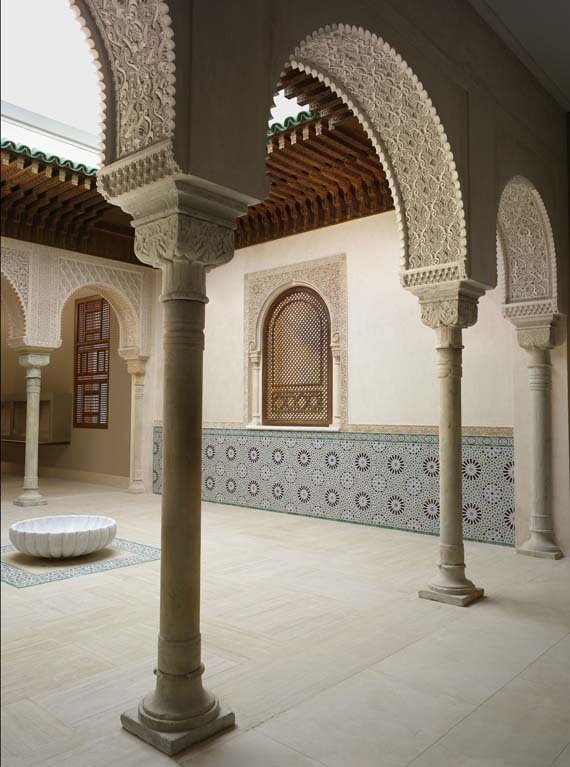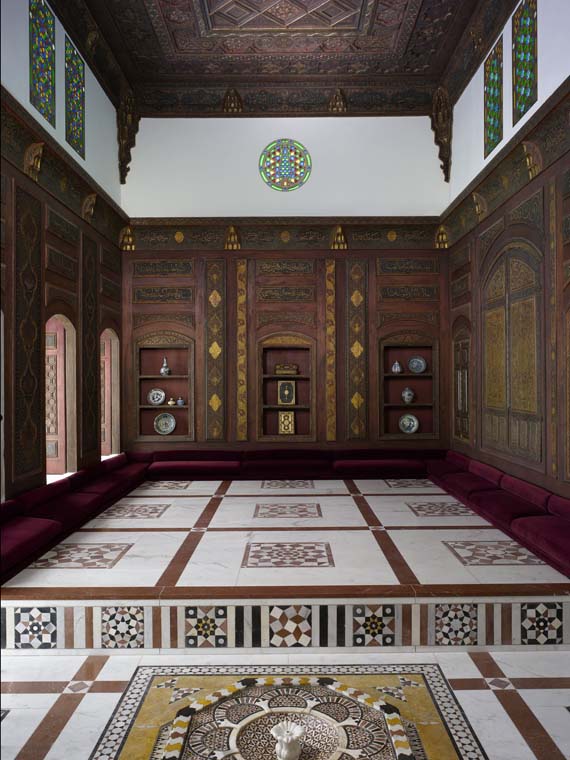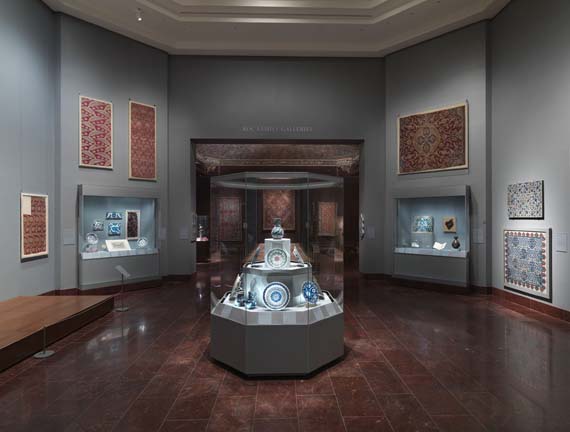
The Grand Reopening at New York’s Metropolitan Museum of Art
Nov 01, 2011 Art News
“The opening of these extraordinary new galleries underscores our mission as an encyclopedic museum and provides a unique opportunity to convey the grandeur and complexity of Islamic art and culture at a pivotal moment in world history,†stated Thomas P. Campbell, Director of the Metropolitan Museum. “In sequence, the 15 new galleries trace the course of Islamic civilization over a span of 13 centuries, from the Middle East to North Africa, Europe, and Central and South Asia. This new geographic orientation signals a revised perspective on this important collection, recognizing that the monumentality of Islam did not create a single, monolithic artistic expression, but instead connected a vast geographic expanse through centuries of change and cultural influence. The public will find galleries filled with magnificent works of art that evoke the plurality of the Islamic tradition and the vast cross-fertilization of ideas and artistic forms that has shaped our shared cultural heritage.â€
Photo above:
Gallery 453: Iran and Central Asia (9th-13th centuries) / New Galleries for the Art of the Arab Lands, Turkey, Iran, Central Asia, and Later South Asia, opening November 1, 2011, at The Metropolitan Museum of Art, New York / Image © The Metropolitan Museum of Art, New York
 Gallery 456: Moroccan Court / Patti Cadby Birch Court / New Galleries for the Art of the Arab Lands, Turkey, Iran, Central Asia, and Later South Asia, opening November 1, 2011, at The Metropolitan Museum of Art, New York / Image © The Metropolitan Museum of Art, New York
Gallery 456: Moroccan Court / Patti Cadby Birch Court / New Galleries for the Art of the Arab Lands, Turkey, Iran, Central Asia, and Later South Asia, opening November 1, 2011, at The Metropolitan Museum of Art, New York / Image © The Metropolitan Museum of Art, New York
The collection comprises more than 12,000 works of art drawn from an area that extends from Spain in the west to India in the east. Some 1,200 works of art in all media will be on view at any time, representing all major regions and artistic styles, from the seventh century onward. Important loans from the Hispanic Society of America will also be shown.
Highlights of the Museum’s collection include: the sumptuously ornamented Damascus Room, built in 1707, and one of the finest examples of Syrian homes of the wealthy during the Ottoman period; glass, metalwork, and ceramics from Egypt, Syria, Iraq, and Iran; some of the finest classical carpets in existence from the 16th and 17th centuries, including the recently restored, celebrated Emperor’s Carpet, an exceptional classical Persian carpet of the 16th century that was presented to Hapsburg Emperor Leopold I by Peter the Great of Russia; notable early and medieval Qur’ans; pages from the sumptuous copy of the Shahnama, or Book of Kings, created for Shah Tahmasp (1514–76) of Iran, and outstanding royal miniatures from the courts of the Arab World, Ottoman Turkey, Persia, and Mughal India, including paintings from the imperial “Shah Jahan Album,†compiled for the builder of the Taj Mahal; and architectural elements including a 14th-century mihrab, or prayer niche, from Isfahan decorated with glazed ceramic tiles, which would have served in a Muslim house of worship to indicate the direction to Mecca.
 Gallery 461: The Damascus Room (18th century) / Gift of The Hagop Kevorkian Fund / New Galleries for the Art of the Arab Lands, Turkey, Iran, Central Asia, and Later South Asia, opening November 1, 2011, at The Metropolitan Museum of Art, New York / Image © The Metropolitan Museum of Art, New York
Gallery 461: The Damascus Room (18th century) / Gift of The Hagop Kevorkian Fund / New Galleries for the Art of the Arab Lands, Turkey, Iran, Central Asia, and Later South Asia, opening November 1, 2011, at The Metropolitan Museum of Art, New York / Image © The Metropolitan Museum of Art, New York
 Gallery 460: Art of the Ottoman Court (14th-20th centuries)-view 1 / Koç Family Gallery / New Galleries for the Art of the Arab Lands, Turkey, Iran, Central Asia, and Later South Asia, opening November 1, 2011, at The Metropolitan Museum of Art, New York / Image © The Metropolitan Museum of Art, New York
Gallery 460: Art of the Ottoman Court (14th-20th centuries)-view 1 / Koç Family Gallery / New Galleries for the Art of the Arab Lands, Turkey, Iran, Central Asia, and Later South Asia, opening November 1, 2011, at The Metropolitan Museum of Art, New York / Image © The Metropolitan Museum of Art, New York
Special online features about the new galleries are available on the Museum’s website
Comments
Add a comment
Commenting is not available in this section entry.